I've been riding 'gravel' for more than four decades, but here are 10 things that really suck about gravel biking
For a bike genre founded on opening up boundaries and celebrating freedom, gravel riding seems to really stir up emotions. But what particular beefs does our tech ed Guy Kesteven have about the mostly wonderful world between road bikes and mountain bikes?

There's much to love about gravel bikes and biking. Our technical editor, Guy Kesteven, is a most definitely a fan and has been involved way before the term 'gravel' was ever dreamt up by a marketing department. However, there's a lot of stuff in the gravel sphere that could be a great deal better, so strap in as Guy vents his top 10 most hated things about it...

1. Marketing nonsense
The bike industry has jumped on the gravel bandwagon so hard that the realities of what a drop bar bike with 50mm / two-inch tires can do often get buried under BS. Especially if someone is stupid enough to let a generic marketing agency get involved. So let’s get some things straight.
Yes, you can ride singletrack on a gravel bike but control, braking and ride position are all rubbish for proper off-roading compared to a hardtail mountain bike. Even a cheap one.
Having more nipples on your frame than a sty full of sows does not instantly make you capable of crossing continents. In fact, I’d argue that over a century of evolution has made the traditional touring bike with multiple crawler gears and tough tires far better for endless wandering than a single chainring bike with fragile tubeless rubber and electric gears. You’re not going to see adverts for them though because they’re ridden by people with the wrong sort of beard and sandal aesthetic.
Gravel bikes don’t make great road bikes either, unless they’re actually road bikes not gravel bikes. If your gravel bike is tough enough to go touring or pretend to be a mountain bike then it’ll be several hundred grams heavier in the frame alone than a pure road bike. You’ll either be spinning the gears or falling between gaps if you take your gravel rig on a Sunday club run too. And while stable steering can feel confident on Tarmac or trail, you’ll feel like you’re riding a Harley chopper not a Honda Fireblade.
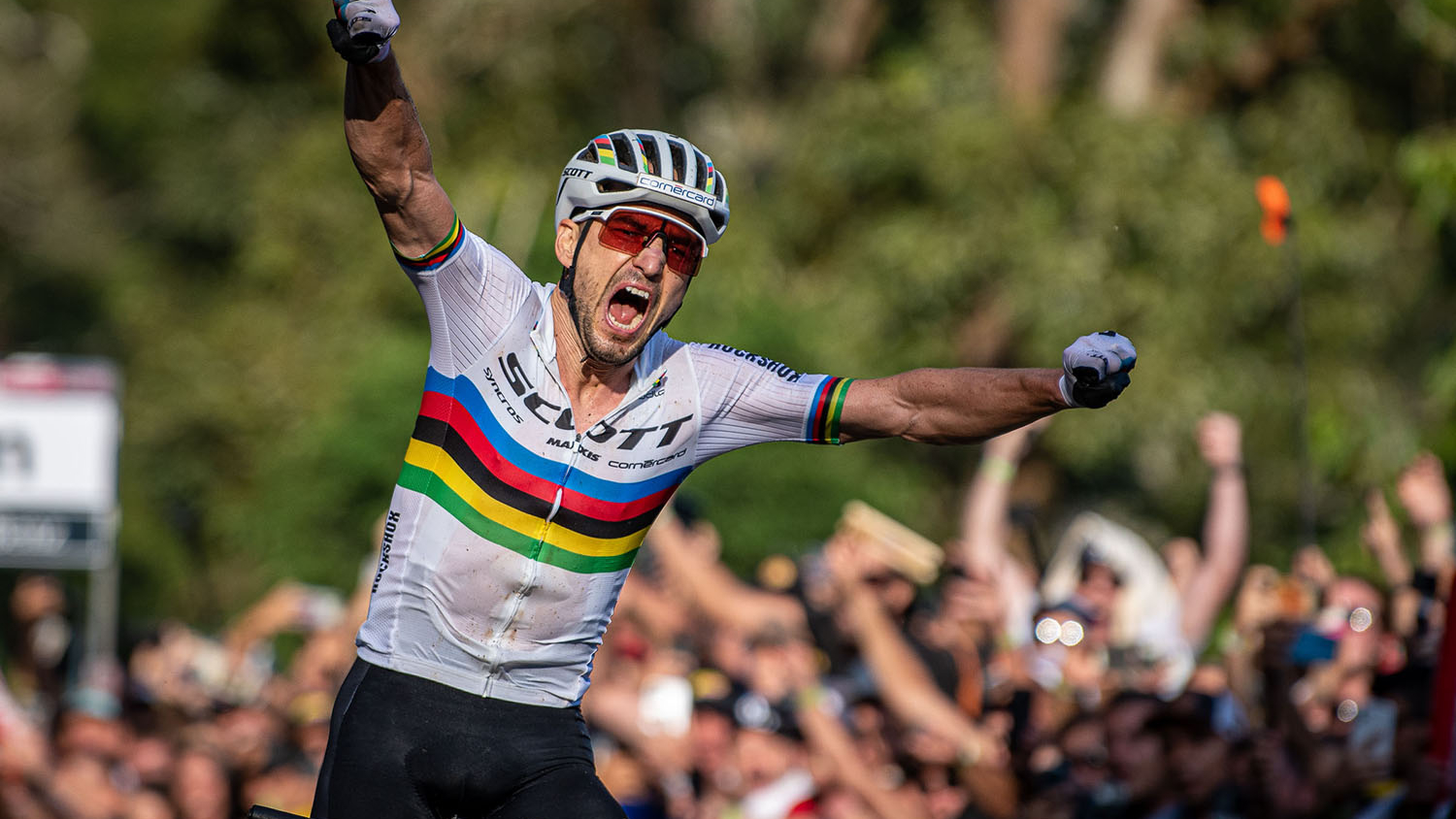
2. Gravel haters
As contradictory as this might sound given the title of this article, people getting mad about the very existence of gravel bikes seems silly. Why does it matter if someone buys a gravel bike not a mountain bike? Yes, they might have bought into the misleading hype above, but if they’re having fun then don’t yuk their yum. The fact that their choice leaves the rad trails free for you and the roads emptier for your drive to them is surely a win too.
And if they decide they want something more capable for riding rougher trails, then gravel biking has been a great gateway into cross-country mountain biking. A gate that they probably wouldn’t have thought of opening had it been signposted with the pop-veined, skin-suited racers still generally used to sell XC. Also, I’d rather meet cheery couples of all colors and flavors seduced onto bikes by adverts using soft focus scenery and agency AI waffle about ‘being in nature’ than share the trails with shaven-legged Strav-assholes.
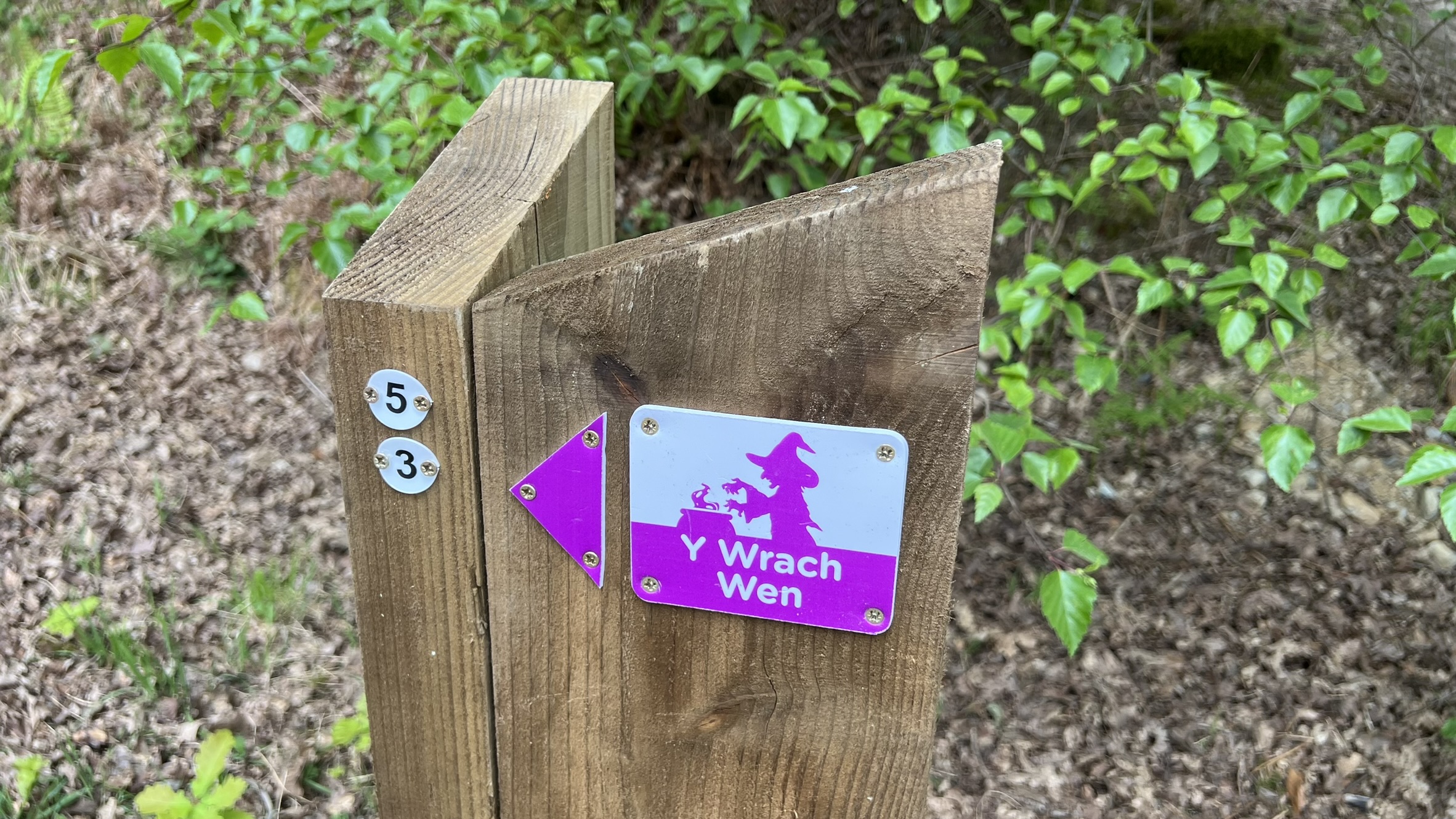
3. Rubbish routes
One thing that gets right up my nose when it comes to gravel riding is standard of navigation. Now partly this is a timing thing as ‘gravel’ has largely coincided with the rise of user-populated route apps like Komoot, but a lot of routes I’ve seen are dangerous, illegal or both.
As well as a worrying lack of knowledge of what and where you can legally ride on a bike, a lot of routes seem to be based on nothing more than a quick glance at Google maps. Bouldery descents and climbs you wouldn’t get an e-MTB up or down. Tracks that are basically swamps most of the year marked as all-weather. Bridleways that all the locals know haven’t existed for decades, happily added to routes that the ‘author’ can’t have possibly ridden.
From what I’ve heard a lot of gravel events aren’t any more clued into reality either and rely heavily on theoretical cartography instead. Perhaps because when people lose their sh*t about having to push and carry for miles or end up on the wrong end of a gamekeeper's shotgun, whoever is responsible for putting them there can just say “where’s your sense of adventure?”
Oh and one final thing, just because your GPS / app automatically suggests a re-route that doesn’t mean it’s legal or safe. Something our Salisbury Plain based contributor Russ Burton is tired of pointing out to people about to ride past red flags onto live tank firing ranges.
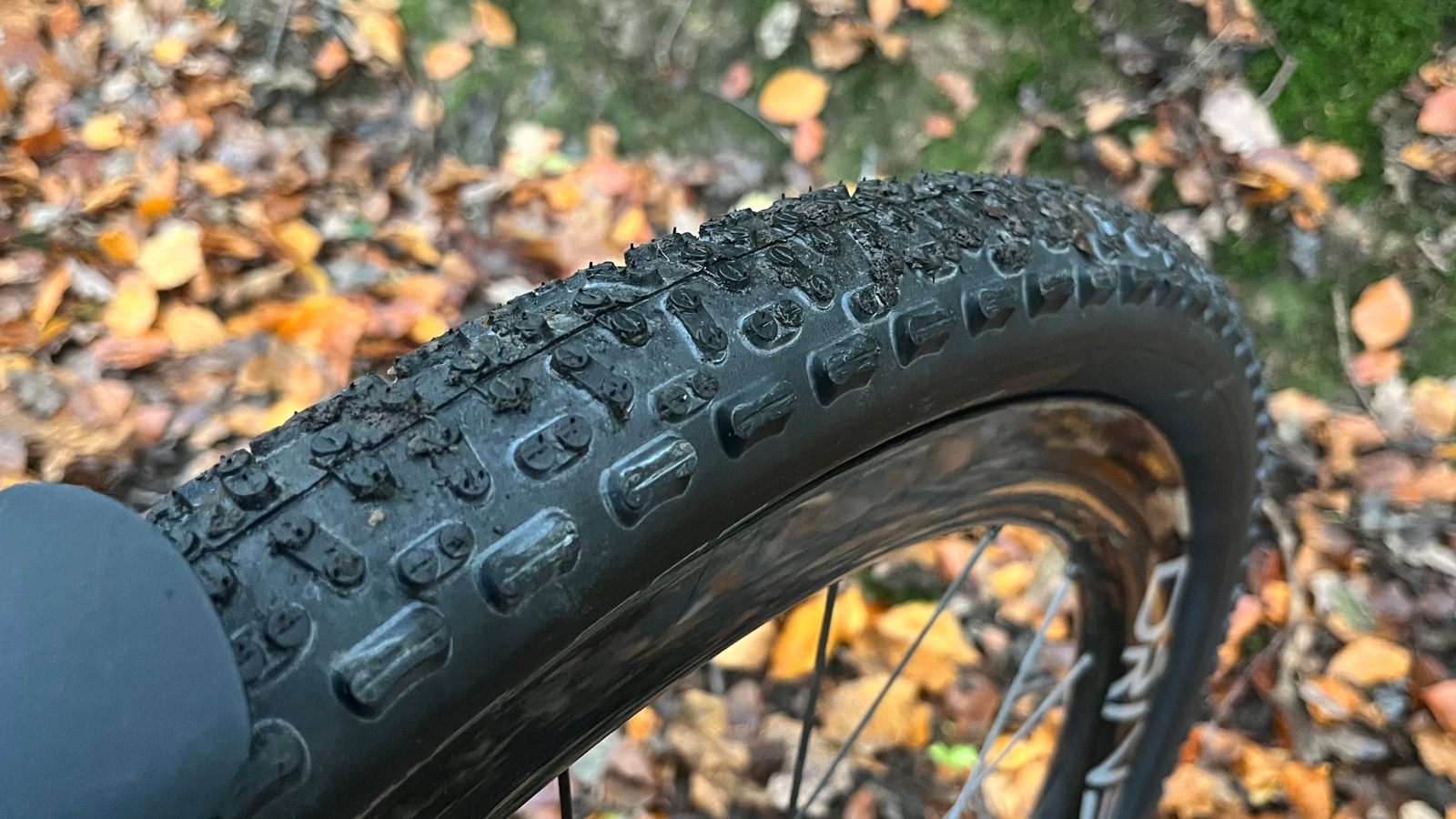
4. Tire lies
Forum ‘what tire’ hysteria has peaked with gravel and the rush of every brand to sell their ‘sort of off-road’ rubber has spiralled it further out of control. So let’s get this straight: There are no really good off-road gravel tires. At best something that’s just a resized '90s XC tire (like a WTB Nano) provides some sort of grip in most conditions, but the very fact it’s resized to a smaller dimension means it’s fundamentally compromised on dirt. Don’t be taken in by ‘mud tires’ either as every single one I’ve tested has been too hard a compound to be anything other than treacherous on wet roots and rocks. Turning sharply on the road is just inviting them to remove as much of your hip and hindquarters as possible too.
Just accept that gravel tires (just like the bikes themselves) will always be a compromise between road rolling speed and off-road adequacy. And if you really want to play MTBs, then get a gravel bike you can fit skinny 29er tires in, or just get an MTB.

5. Suspension
I hate gravel suspension because it works. Even the most primitive, rubber band parallelogram forks, wobbly stems and bouncy seat posts noticeably help increase grip and comfort. Just 30-40mm of suspension fork travel makes a massive difference to descending or rough terrain speed sustain when that’s the size of your tires. But I still hate it because I wish it didn’t work and then people would realise it’s just rehashed ‘All Terrain Bike’ tech from 35 years ago and that they’d probably be better off on a properly suspended modern mountain bike. But then that attitude puts me in the gravel haters camp that I’ve already pre-cancelled. Jeez, gravel is complicated.
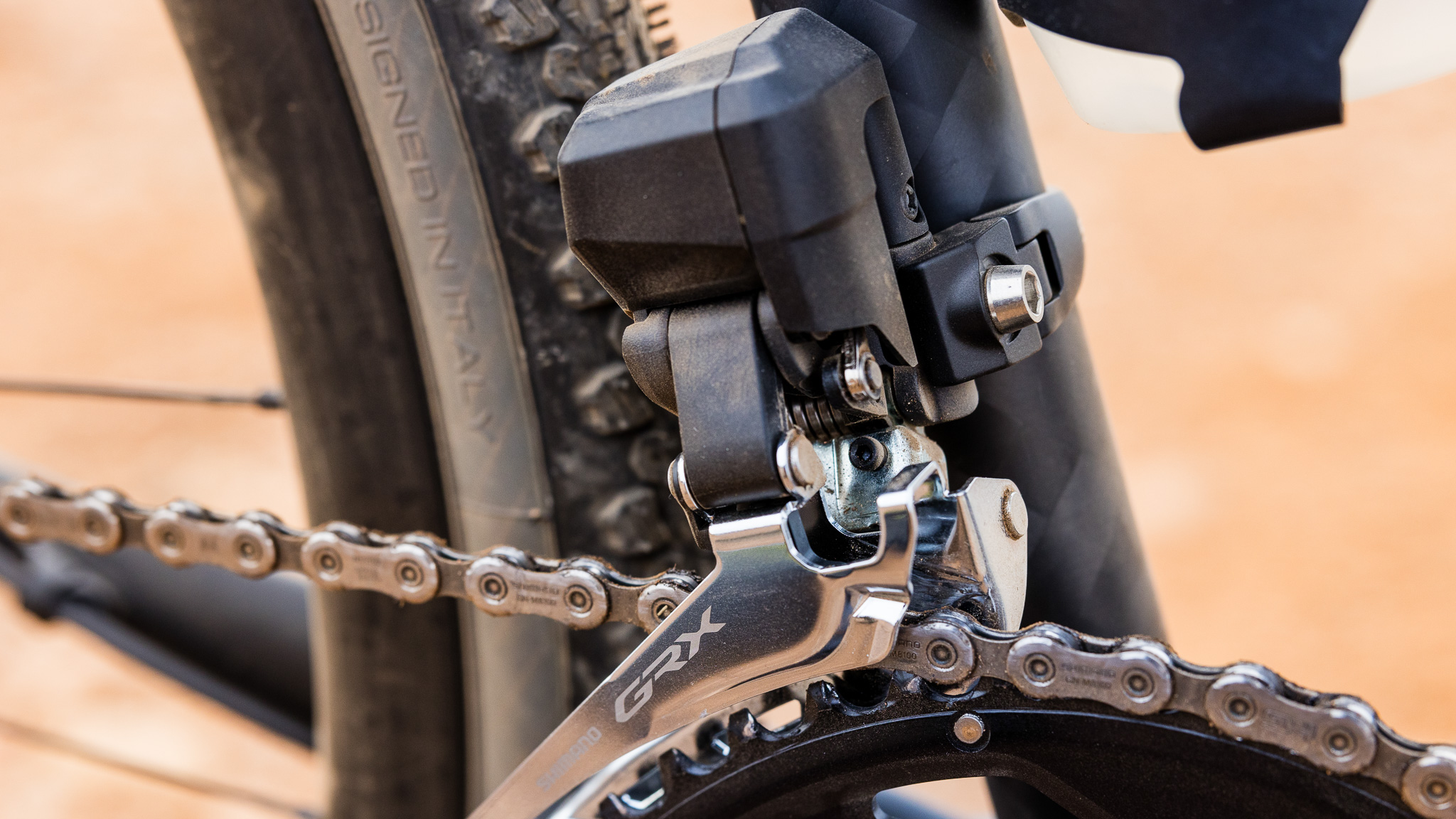
6. Twin chainrings
Shimano are still determinedly introducing double chainring gearing without matching single ring setups, but surely that ship has sailed now? Yes, you get more gears with closer spacing, but you also need a much more compromised frame in terms of clearance and however good a front shifter is, it’s never as good as not having to shift at all.
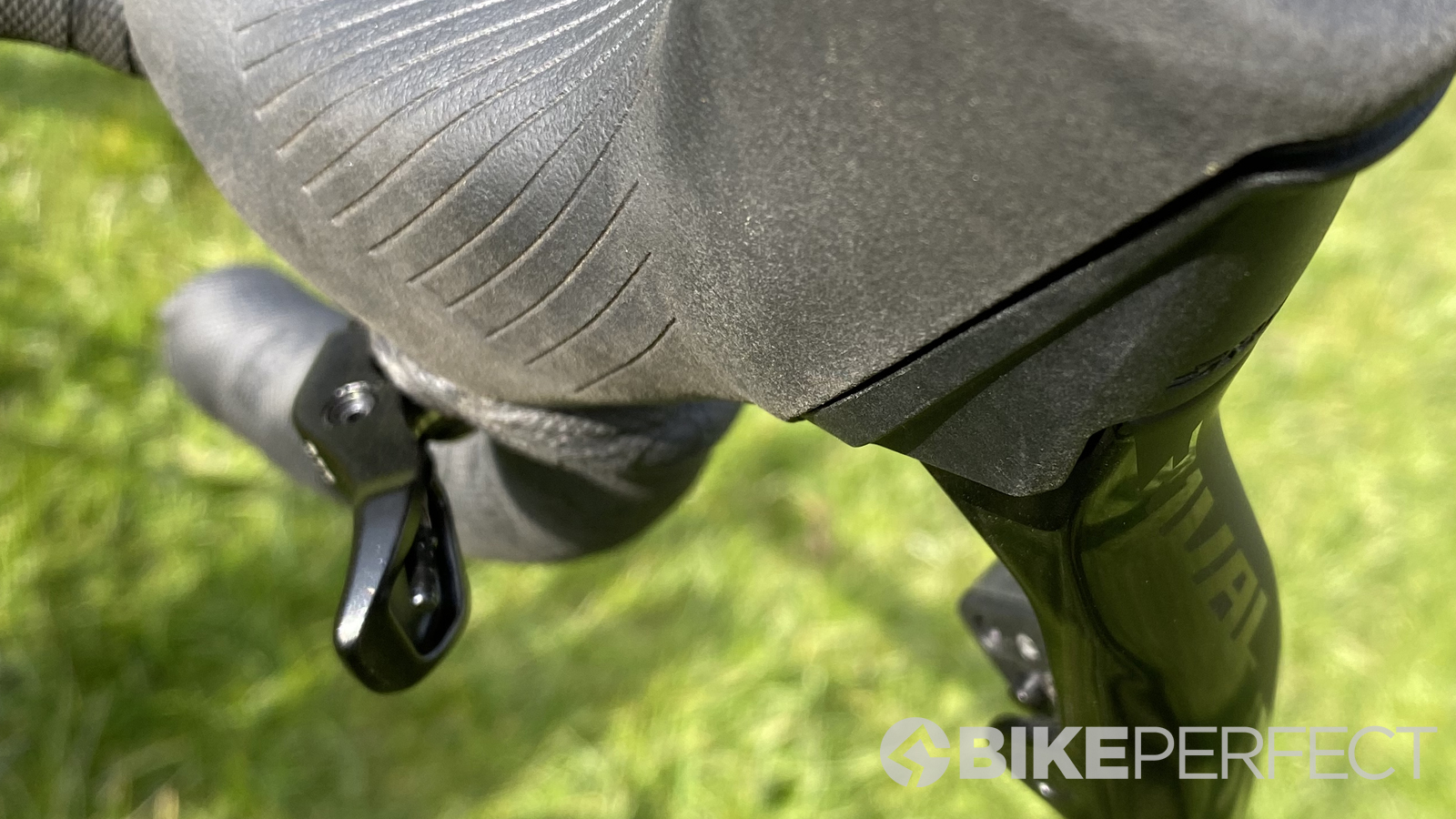
7. Drop bar dropper levers
I understand that dropper posts levers for drop handlebars are a necessary evil, but they are exactly that – Evil. Awkward positioning, congested cabling, horribly heavy action and ugly aesthetics mean that using repurposed shift levers is a far more elegant, ergonomic and efficient way of getting your saddle to go up and down.
8. Tiny integrated cockpits
If you’re more interested in aero than being able to actually go round corners, is it even gravel anymore? Surely it’s just road racing without the road?
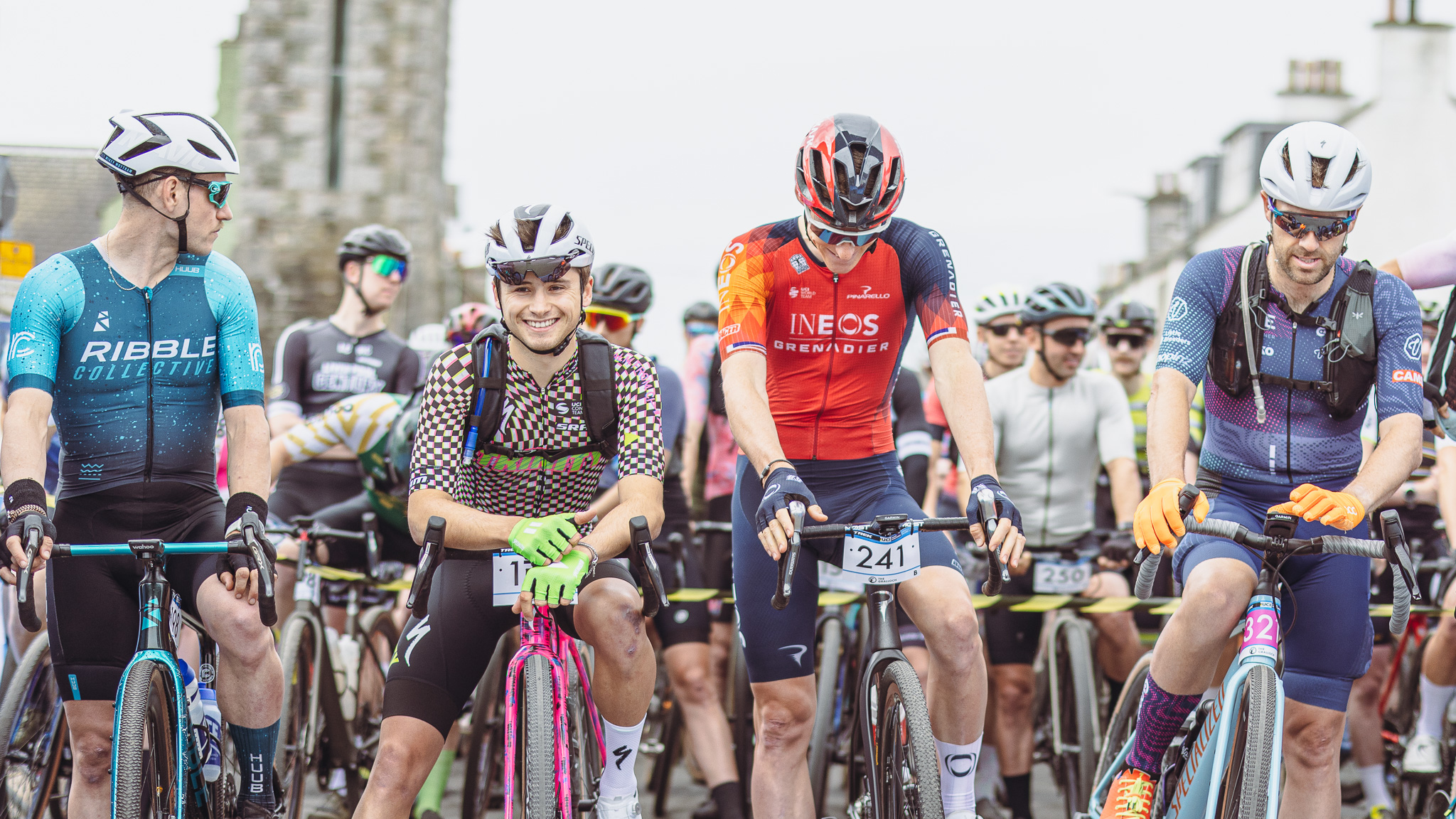
9. ‘The spirit of gravel’
I think I’ve just contradicted myself again with this one, but ‘Spirit of Gravel’ is just gatekeeping because you got beat. You can’t proclaim something is welcoming and friendly and inclusive, then create a code of acceptable conduct. I can remember exactly the same outcry over ‘proper racers coming and ruining our events' happening when cyclocross pros turned up to MTB events in the 1980s, as when pro roadies started winning gravel races. But then it’s OK when Lachlan Morton wins the Unbound 200 race because he’s ‘the right sort of roadie’. Go figure.
From what I’ve heard from people who race gravel and MTB, it’s the latter that actually seems the more genuinely supportive and friendly environment, despite being more ferociously competitive on the surface.
10. Bikepacking and FKT culture isn’t new
As I said at start – at least I think I did but it was a long time ago – I’m a big fan of gravel biking, as a way to energise and expand cycling. That definition of ‘gravel biking’ includes backpacking, transcontinental racing and recording solo times on off-road routes too. But don’t fall intro the trap of thinking it’s anything new. OK so they didn’t have disc brakes, tubeless tires, electric gears, apps and social media hype, but this sort of riding has been going on since the century before last. And for the record, 650 wheels were the size of choice for 1930s French fast touring and Audax bikes that featured some insane aerospace-influencing tech at the time.
The Ruff Stuff Fellowship has been pedaling and dragging bikes to ridiculous places since 1955 and they followed in the tire tracks of intrepid inter-war adventurers all over the world. The Tour de France was mostly on gravel tracks until after World War II and my mum was pass storming the mountains of Snowdonia on her sit-up-and-beg roadster seventy years before Cycling UK created the Traws Eryri route. Apparently, Snake Pass into Llangollen was brilliant for overtaking cars on even with steel rod brakes. There are end-to-end and point-to-point records set on Penny Farthings all over the world and some of them are still remarkably close to the latest FKTs too.
So by all means celebrate this rebirth of independent adventure cycling, because it truly is a splendid thing. Just realize that it’s nothing new but a part of the heart of cycling since the first pedals were attached to two-wheeled machines.

Guy Kesteven has been working on Bike Perfect since its launch in 2019. He started writing and testing for bike mags in 1996. Since then he’s written several million words about several thousand test bikes and a ridiculous amount of riding gear. He’s also penned a handful of bike-related books and he reviews MTBs over on YouTube.
Current rides: Cervelo ZFS-5, Specialized Chisel, custom Nicolai enduro tandem, Landescape/Swallow custom gravel tandem
Height: 180cm
Weight: 69kg
